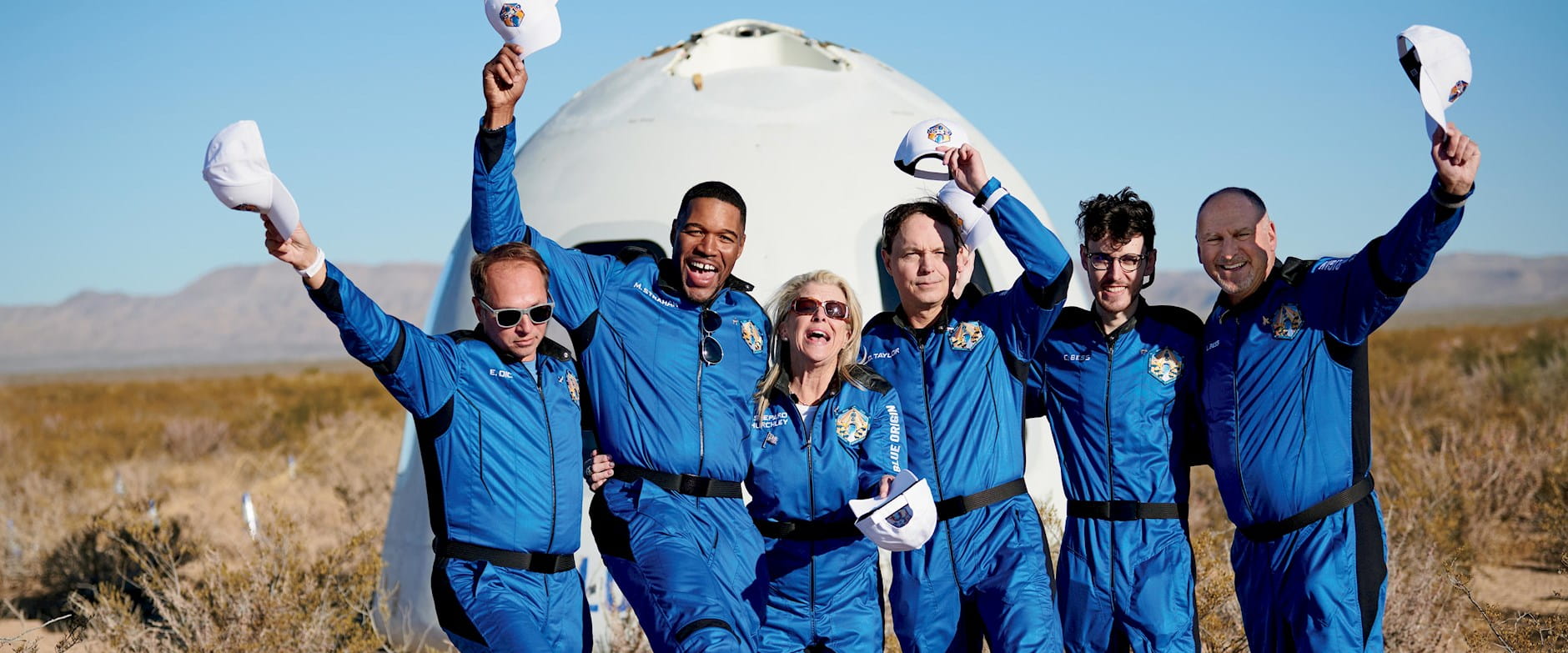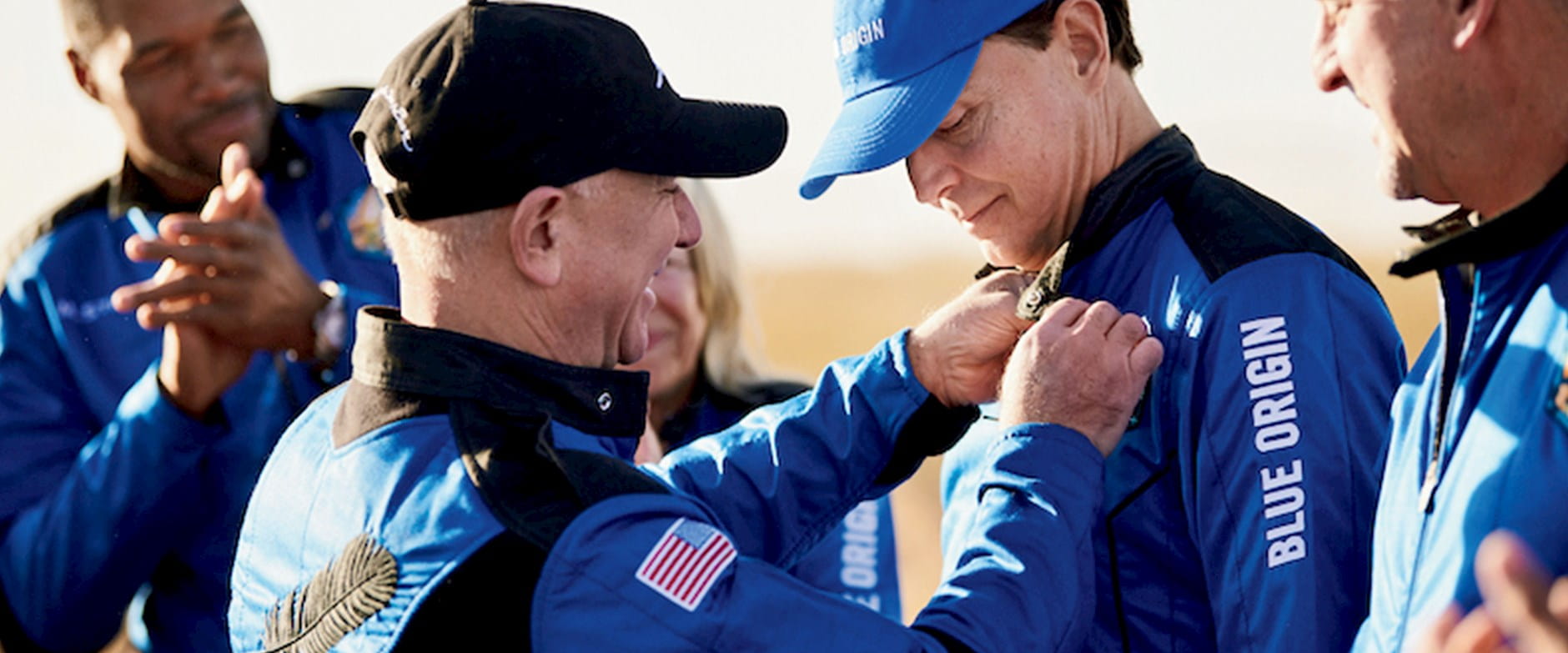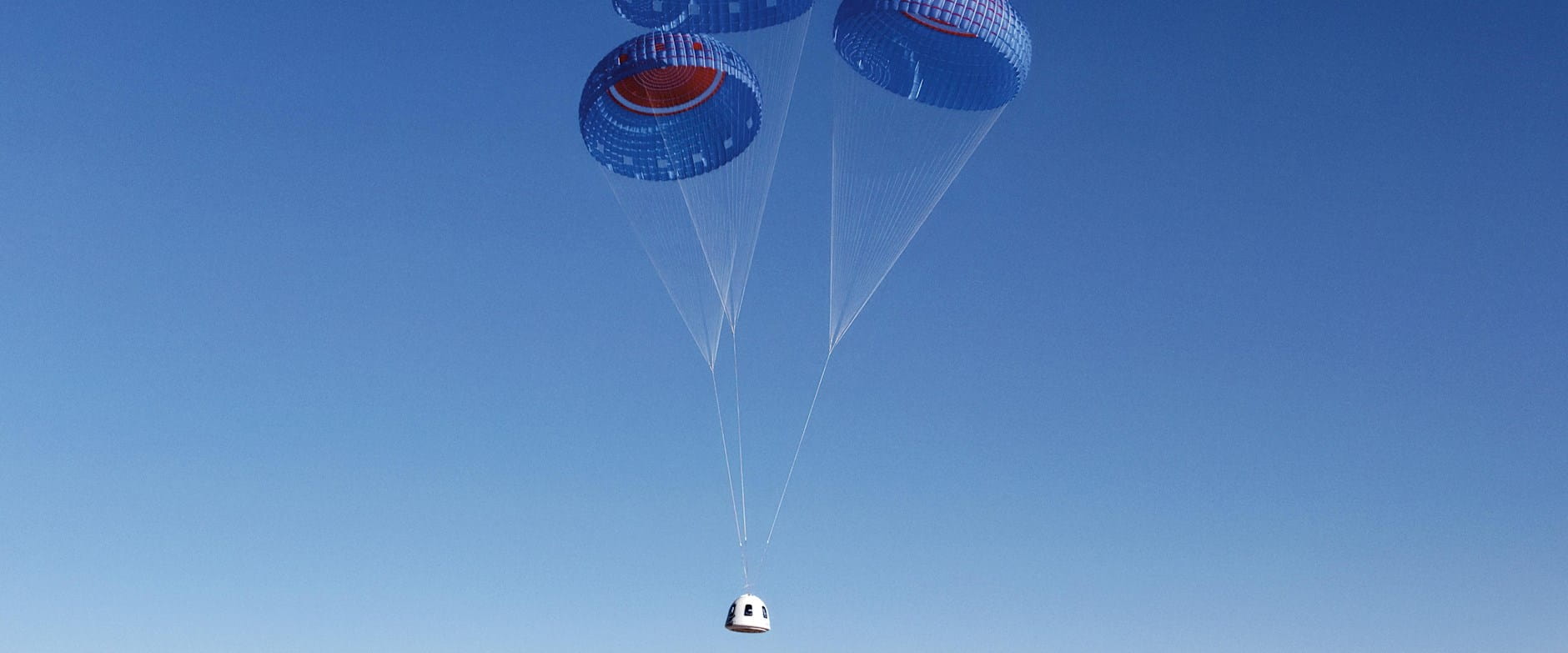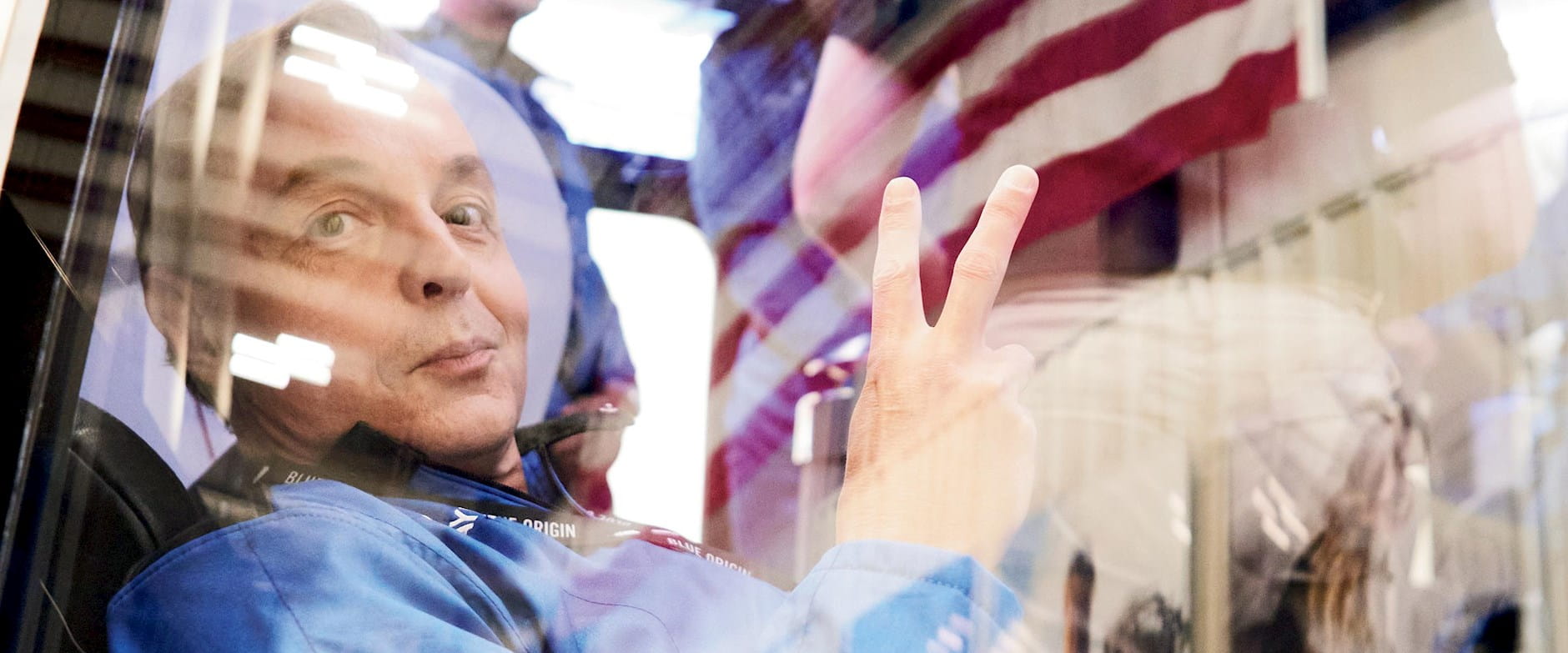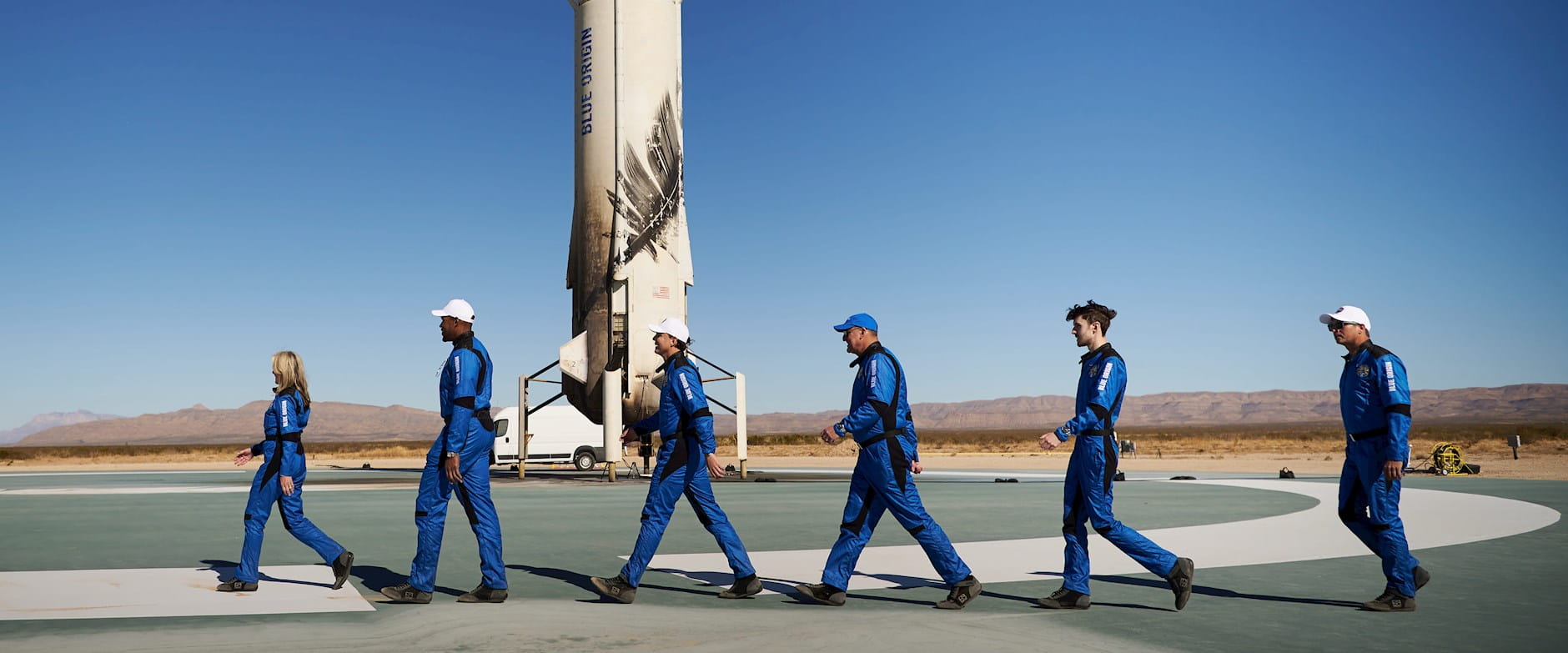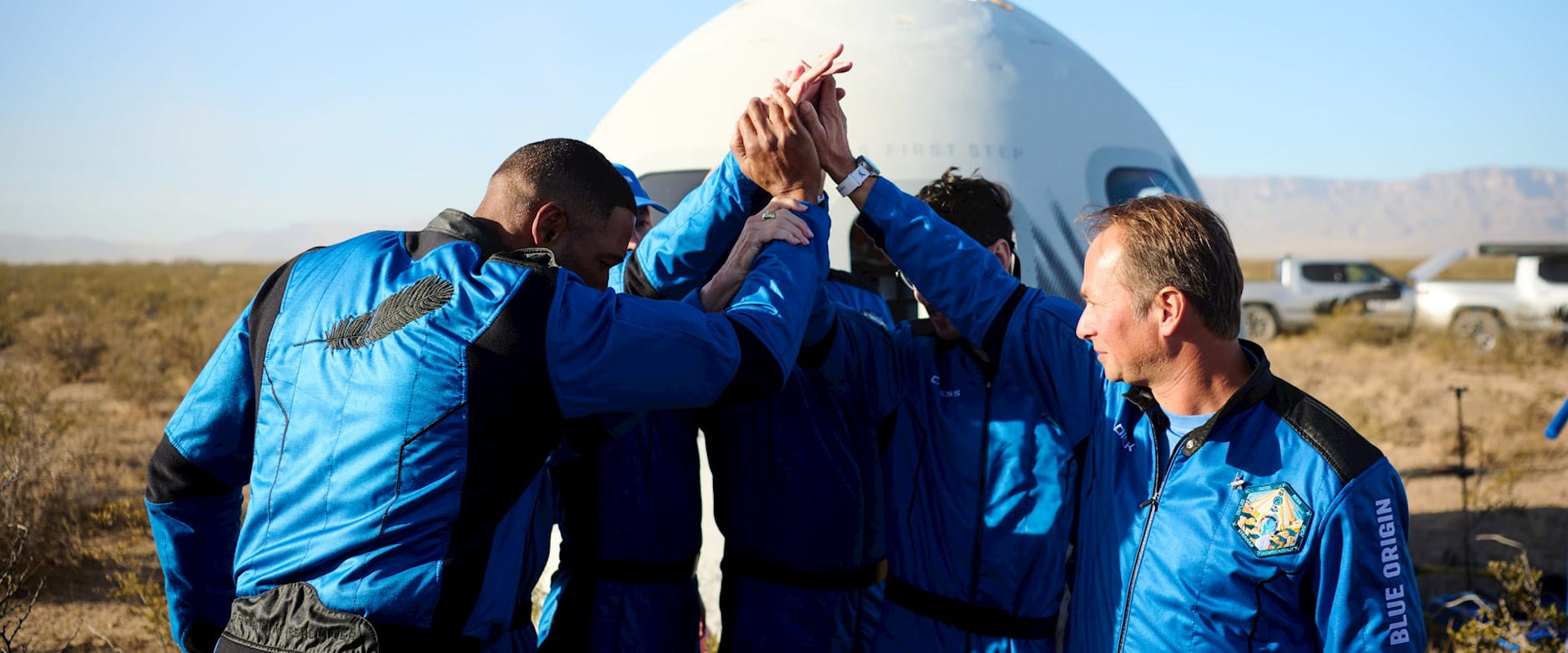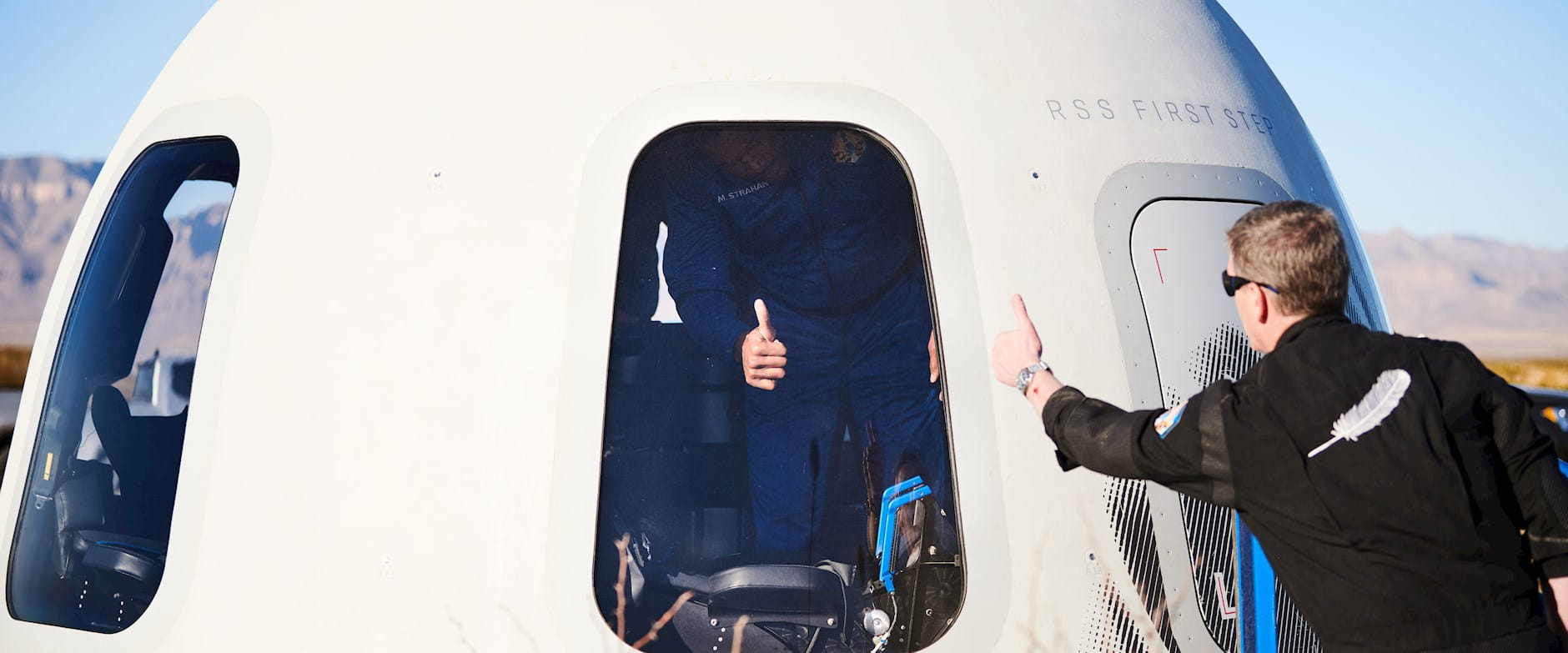Growing up in small-town Idaho, Dylan Taylor, ’98, was captivated by sci-fi TV shows such as Star Trek, and the idea of outer space as a brave new frontier.
“My passion is this notion of space as a blank canvas that we can ultimately reimagine ourselves on,” he muses.
Despite an undergraduate degree in engineering, Taylor knew early on he would pursue business. After years serving in executive and board roles for firms such as Prudential, Honeywell, and UMB Bank, Taylor revisited his early dreams of looking heavenward—and reimagined himself as an investor for the nascent private space sector.
Today, Taylor serves as chairman and CEO of Voyager Space, a Denver-based multinational space exploration firm whose technologies are helping partners such as NASA, the US Department of Defense, and myriad commercial space firms aim for the stars. He also launched Space for Humanity, a nonprofit that works to send everyday voyagers into space and solve global challenges by expanding mankind’s overall awareness.
He is considered one of the most active private space investors in the world, and his passion has manifested in philanthropy, thought leadership, and even invention. In 2017, a gravity meter he codesigned and commissioned was 3D printed on the International Space Station.
1 of 1
And on December 11, 2021, Taylor accomplished a lifelong dream, becoming the 606th human to rocket into space, on Blue Origin’s New Shepard NS-19 mission. In doing so, he earned commercial astronaut status with the Federal Aviation Administration.
“Getting to go to space really is a gift and privilege,” Taylor notes, and one that he predicts more people of all backgrounds and callings will get to experience in the future. To date, just 628 people have been above the Kármán line. Taylor believes that coming years will bring more democratized methods of space travel, and more hot spots to visit around the cosmos. “We’re at the beginning stages of what should be a revolution.”
“The question is: Why space?” he observes. “If we have all these problems back on Earth, why should we even be focused on this?” But space exploration offers more than many might think—most of our climate data is gathered from space. And, he argues, we shouldn’t discount the power of space exploration to inspire.
“The whole environmental movement gained its momentum out of the iconic photo taken by Apollo 8 on its way back from the moon,” he says, referring to “Earthrise,” the famous photograph of Earth taken from lunar orbit by astronaut William Anders in 1968. “Space is one of those things that inspires younger people to reach right into the sky.”


